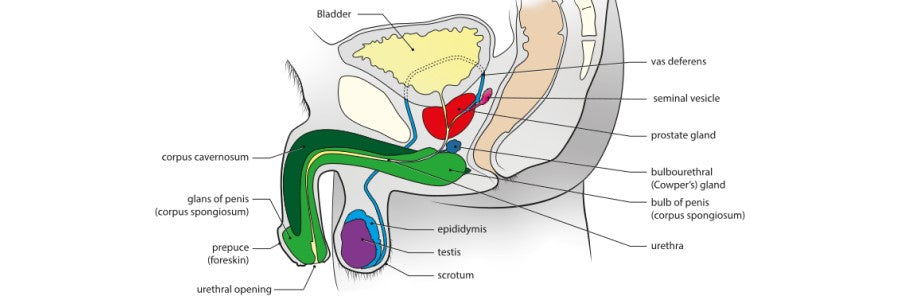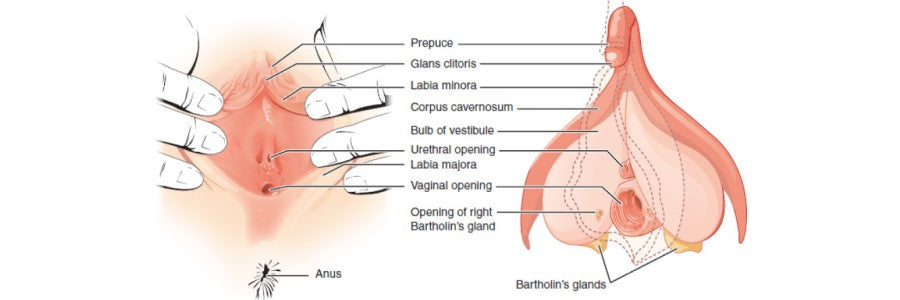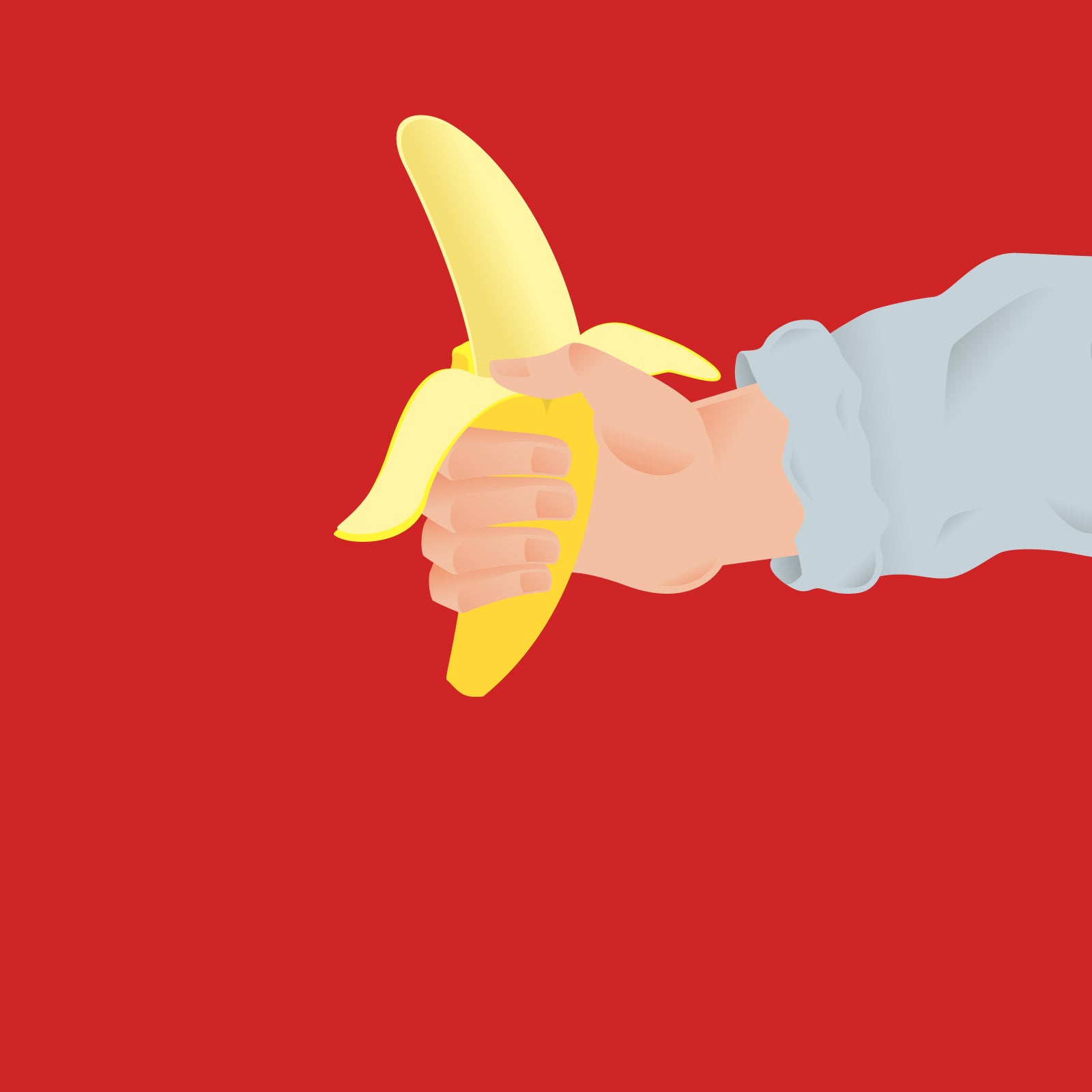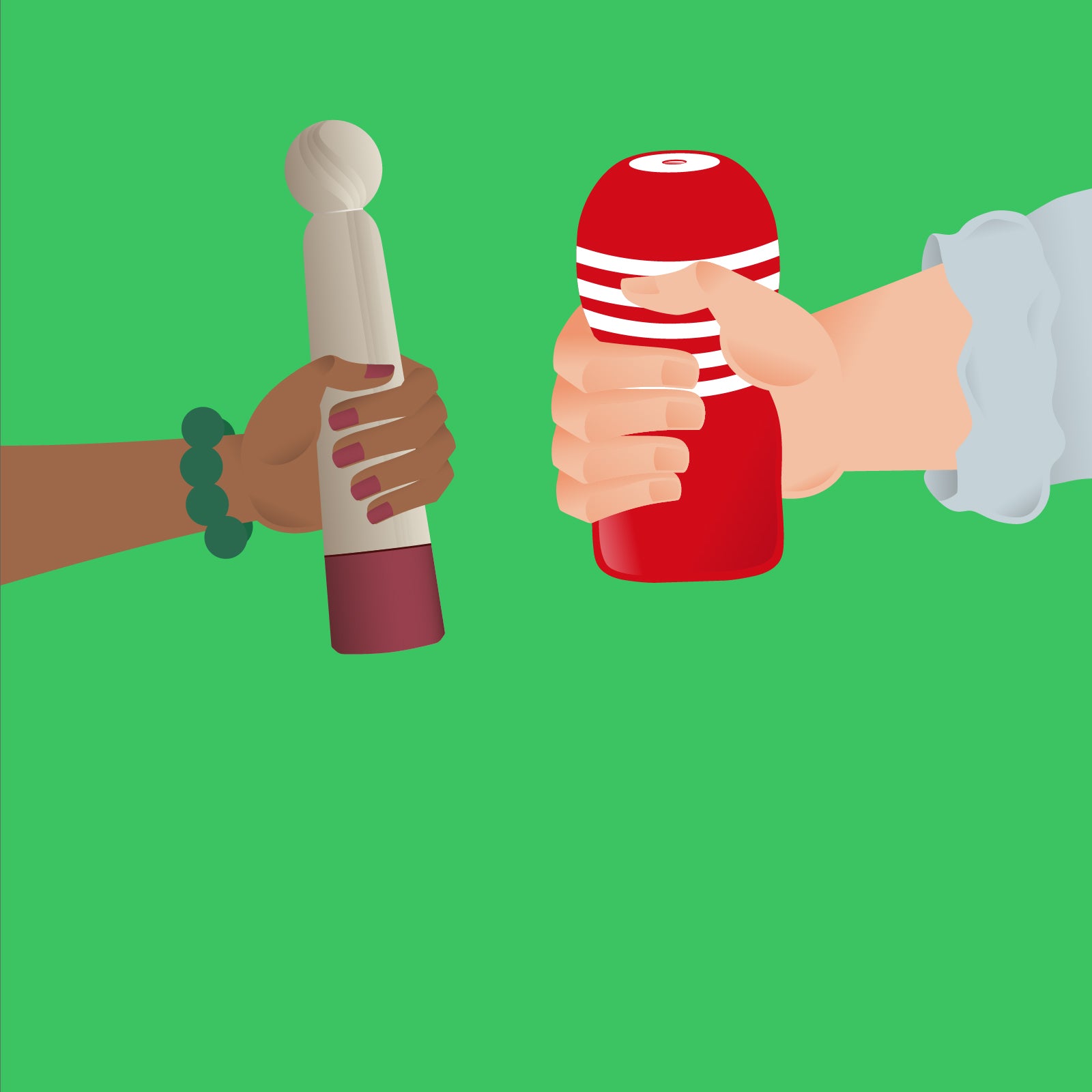
Penile Genital Anatomy
Knowledge is always a good thing, especially if it helps you learn more about your body, as you will be living in it for a while! We will go over the anatomy of the penis to help you understand a bit more about how it all works.
In this post we will be using the scientific names for parts, instead of referring to them as male genitalia, as not everyone would ascribe to that gender. For information about the vagina, please check out our Vaginal Genital Anatomy blog post.
You might have learned all of this before, but it doesn’t hurt to brush up on the subject! After all, not everyone pays that much attention during biology class.

Contents

Knowledge about genital anatomy can be different for everyone, as education varies greatly on where and when you studied. For that reason we wished to create this blog post to hopefully help fill in the blanks about anatomy. If you have any questions about your particular anatomy, perhaps this knowledge will help you get to know your body better, and help you identify if anything is worth speaking to your doctor about.
An important note before we get into it, no two bodies are the same, but you only have one, so be proud of it! With that, let us look at the science...
Presenting the Penis

Penis - glans (Corpus Spongiosum) / corpus cavernosum
The glans is the sensitive bulbous head of the penis. It is part of the corpus spongiosum which extends inside the body. This spongy tissue prevents the urethra from closing during erection, by staying pliable.
The corpus cavernosum is sponge like tissue that fills with blood to expand and harden during erection.
Urethra
This is the tube that runs through the penis, allowing urine and ejaculate to exit the tip.
Prepuce / Foreskin
This is a retractable fold of skin that covers the glans. Before puberty it usually cannot be retracted. It protects the glans and helps with sexual pleasure as it has many nerve endings. *This does not mean that circumcised penises are less sensitive! You can read the differences between circumcised and uncircumcised here.
Testicles - testis / epididymis / scrotum
These are all involved in the process of sperm production, here is how it works:
The testis (testicle or ‘ball’) produces sperm and hormones.
The epididymis is the coiled tube that connects the testes to the vas deferens (see below). As the sperm pass through, they become mobile and fertile.
The scrotum is the pouch that holds and protects the testicles. When cold, the muscles pull the scrotum closer to the body to warm up, and relax in warm weather to lower the testicles away from the body to cool down (the amount of wrinkles on the scrotum varies greatly between these states).
*It is normal for testicles to be slightly different sizes due to differences in blood vessels, and so hang at different heights.
*Contrary to some memes, pee is not stored in the balls, but in the bladder.
Vas Deferens
This tube carries the sperm from the epididymis (see above) to the urethra. The muscles surrounding it contract to push the sperm forward. Along the way they combine various secretions (from the glands listed below) to form semen.
Seminal Vesicle / Seminal Gland
Most of the fluid in semen is produced in these glands. This includes many nutrients to support the sperm before fertilization.
Prostate Gland
This gland produces the milky-white, alkaline fluid in ejaculate. It helps motility of sperm and helps them survive in the acidic environment of the vagina.
Bulbourethral gland (Cowper’s Gland)
The fluid produced from this gland is different from semen, and is colloquially known as ‘pre-cum’. During arousal this liquid helps lubricate the urethra, as well as remove acidic urine that could damage the sperm.
Summary
We hope that this helped you learn a bit more about anatomy, and all the wonderful variations there are. Of course, if you have any worries it is best to speak to your doctor.
Media tends to show a somewhat homogenous view of bodies, but in real life no two people are alike. It is important to understand these differences, and be proud of your unique body.






